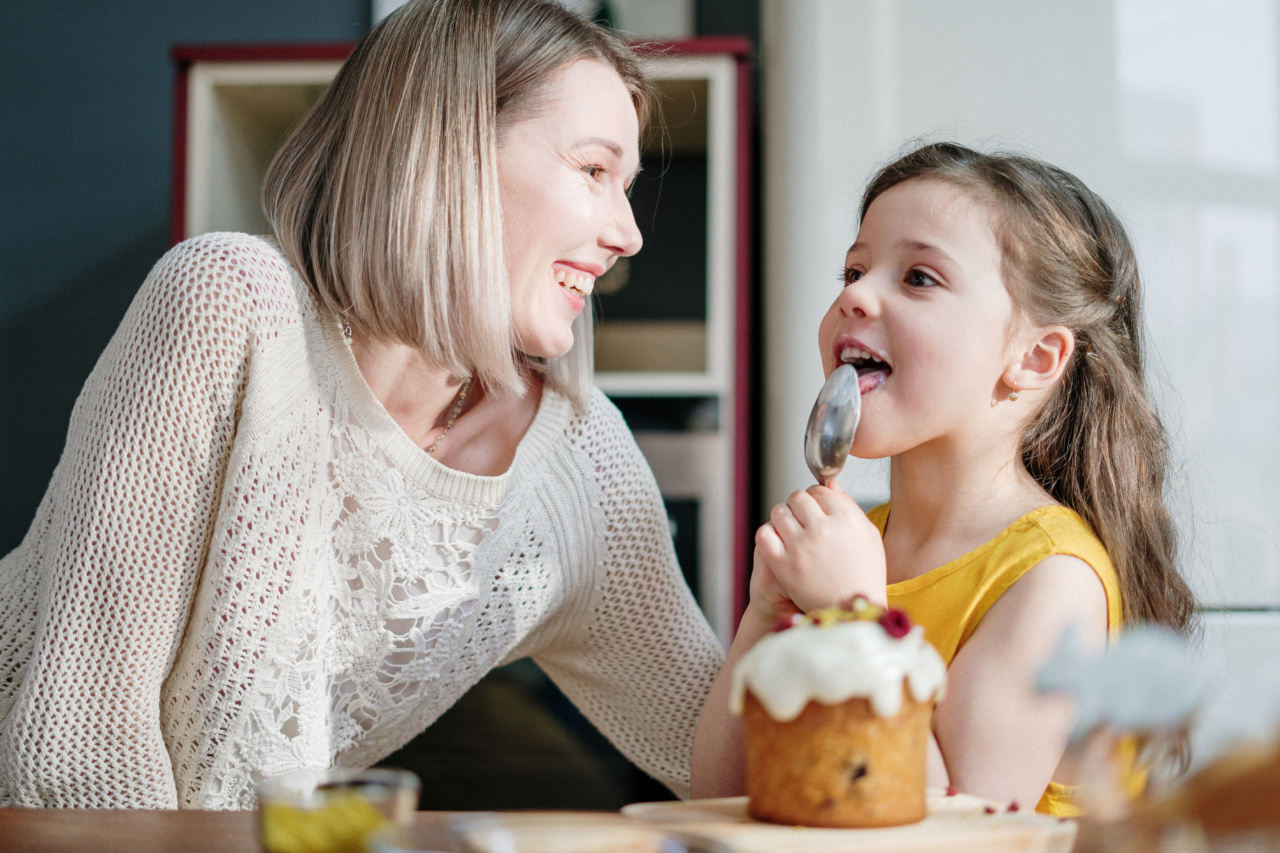Preparing safe food for our little ones is crucial for their growth and development.
As adults, we have a strong immune system that can resist certain foodborne illnesses, but children, especially infants and toddlers, are more vulnerable to foodborne diseases. Therefore, it is important to take necessary precautions while preparing, handling, and storing food for our little ones. In this article, we will discuss how we can ensure safe food preparation for our little ones.
Start with Cleanliness
Cleanliness is the utmost important factor when it comes to food preparation for our little ones. Always wash your hands with soap and warm water for at least 20 seconds before touching any food item or baby gear.
Sanitize the surfaces, equipment, and utensils with a clean kitchen towel or disinfectant spray. Avoid using any harsh cleaning agents or bleach as they may leave harmful residue on the surfaces. Always air-dry the utensils and equipment before use. Keep the kitchen clean and clutter-free.
Choose Fresh and Safe Ingredients
The quality and safety of the ingredients we use in our little one’s food is equally important. Always choose fresh and organic fruits, vegetables, meats, and dairy products.
Check the expiry date, use-by date, and look for signs of spoilage and contamination before using them. Avoid using canned or processed foods that contain preservatives and additives. Always wash fruits and vegetables thoroughly with water, and peel or cook them to remove any harmful bacteria.
Cook Food to Safe Temperature
Cooking food at a safe temperature is important to kill any harmful bacteria that may be present. Use a digital thermometer to measure the internal temperature of the food.
The safe temperature for meats, poultry, and fish is 165°F (74°C), while for eggs, it is 160°F (71°C). Avoid undercooking or overcooking the food. Cut the meat and poultry into small pieces to cook evenly. Avoid using raw or uncooked eggs in any food item.
Avoid Cross-Contamination
Cross-contamination can occur when the harmful bacteria from one food item get transferred to another food item, utensils, or surfaces.
To avoid cross-contamination, always use separate cutting boards, utensils, and equipment for raw meat, poultry, and fish. Wash the cutting board, utensils, and equipment with soap and water after using them with raw food items. Avoid using the same towel or sponge for cleaning different surfaces. Store the raw and cooked food items separately in the fridge.
Refrigerate and Store Food Properly
Proper storage of food items can prevent the growth of harmful bacteria and prolong their shelf life. Store the perishable food items such as meat, poultry, fish, dairy products, and eggs in the refrigerator at a temperature below 40°F (4°C).
Use sealed containers or bags to store the food items, and avoid overcrowding the fridge. Label the containers with the date of preparation and use them within the recommended time. Avoid reheating the leftover food multiple times.
Prepare and Serve Food Safely
Preparing and serving the food items in a safe manner can prevent contamination and spoilage. Always use clean utensils and equipment for preparing and serving the food.
Use a clean spoon or spatula to taste the food, instead of putting the tasting spoon back into the dish. Serve the food immediately after preparing, or keep it in a warm oven for no more than an hour. Avoid serving food that is beyond its expiry or use-by date or shows signs of spoilage.
Check for Allergies and Intolerance
Some children may have food allergies or intolerance to certain food items such as nuts, dairy, gluten, or soy. Make sure to check for any allergies or intolerance before introducing any new food items to your child’s diet.
Consult a pediatrician if you suspect any food allergy or intolerance. Avoid giving your child any food item that may cause allergic reactions.
Follow Safety Guidelines
Follow the safety guidelines provided by the food regulatory bodies, such as the U.S. Department of Agriculture (USDA) and the Food and Drug Administration (FDA). Stay informed about the food recalls and safety warnings issued by these bodies.
Take necessary precautions while traveling or eating out with your little one, and avoid giving any unsafe or unhygienic food items to your child.
Conclusion
Ensuring safe food preparation for our little ones is a responsibility that we cannot take lightly.
By following simple precautions such as cleanliness, choosing fresh ingredients, cooking to a safe temperature, avoiding cross-contamination, proper storage, and service, checking for allergies, and following safety guidelines, we can provide our little ones with healthy and nutritious food that is safe for consumption.





























